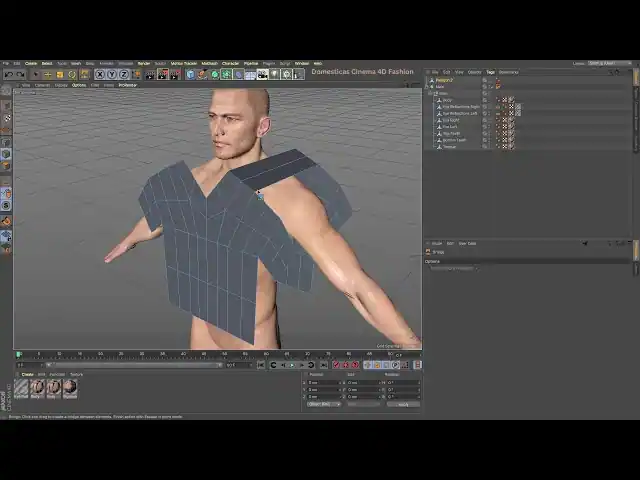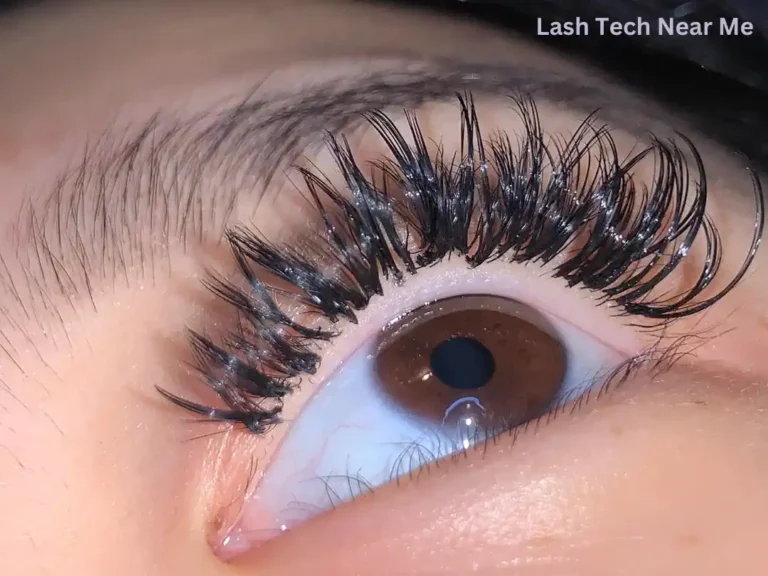
Introduction to Domesticas Cinema 4D
Welcome to the world where fashion meets cutting-edge technology! Domesticas Cinema 4D Fashion is revolutionizing how designers approach their craft. Gone are the days of traditional sketching and fabric draping alone; now, creativity knows no bounds within a digital landscape. Imagine bringing your wildest fashion dreams to life with just a few clicks, all while exploring stunning textures, intricate patterns, and dynamic movements.
As we dive into this exciting realm of fashion design powered by Cinema 4D, you’ll discover not only the rise of 4D design but also its incredible benefits for modern-day creators. Whether you’re an aspiring designer or a seasoned pro looking to elevate your game, there’s something here for everyone eager to explore what lies at the intersection of style and innovation. Let’s embark on this journey together!
The Rise of Fashion in 4D Design
Fashion has always been an ever-evolving realm, but the advent of 4D design has taken it to new heights. This technology brings a dynamic approach that transcends traditional boundaries.
Designers can now visualize garments in motion, transforming static concepts into lively creations. This level of interactivity allows for better understanding and manipulation of fabric behavior.
The unique aspect of 4D design lies in its ability to incorporate time as a dimensional element. Designers can experiment with how clothing moves and reacts under different conditions, enhancing their storytelling capabilities.
As brands embrace this innovative medium, they create immersive experiences that resonate deeply with consumers. The fusion of fashion and technology is not just a trend; it’s reshaping how we perceive style and identity in our fast-paced world.
Benefits of Using Cinema 4D for Fashion Design
Using Cinema 4D for fashion design offers a plethora of advantages that can transform the creative process. First, its intuitive interface allows designers to explore their ideas without feeling overwhelmed. This accessibility encourages experimentation and innovation.
The software’s powerful rendering capabilities provide stunning visuals that bring designs to life. Designers can showcase their work in vibrant detail, allowing clients and stakeholders to fully grasp the vision behind each piece.
Additionally, Cinema 4D supports seamless integration with other tools commonly used in the fashion industry. This compatibility streamlines workflows and enhances productivity.
Another key benefit is the ability to create dynamic animations and presentations. Fashion shows can be reimagined digitally, offering immersive experiences that captivate audiences while saving on physical resources.
Its robust community provides a wealth of tutorials and resources, ensuring designers continue developing their skills in this evolving field.
Examples of Successful 4D Fashion Designs
The world of 4D fashion design has seen some remarkable innovations that push the boundaries of creativity. One standout example is the collaboration between renowned designer Iris van Herpen and digital artists, where garments seamlessly blend movement and form.
These designs are not just visually stunning; they interact with the wearer’s movements. As models walk down runways, their outfits morph in real-time, creating an immersive experience for spectators.
Another impressive project comes from the brand Balenciaga, which has embraced technology to create virtual runway shows. Their digital garments showcase intricate details that traditional fabric can’t replicate.
Then there’s Anrealage’s use of light-reactive fabrics. These pieces transform under different lighting conditions, offering a dynamic visual narrative that evolves throughout the day.
Each design reflects a unique vision and harnesses Cinema 4D’s capabilities to redefine what fashion can be in our modern era.
Tips and Tricks for Using Cinema 4D in Fashion Design
Start by mastering the basics of Cinema 4D. Familiarize yourself with its interface and tools. This foundation will make your design journey smoother.
Utilize MoGraph for dynamic patterns and shapes. It’s a powerful feature that can elevate your fashion designs, making them visually stunning.
Experiment with textures and materials to achieve realism. Use high-quality images for fabric textures to simulate real-world garments more effectively.
Lighting plays a crucial role in showcasing your designs. Adjusting light settings can dramatically change how fabrics appear, so don’t overlook this aspect.
Take advantage of online tutorials and communities dedicated to Cinema 4D users. Engaging with others can provide fresh insights and innovative techniques you might not have considered.
Stay updated on new plugins or updates from Maxon that may enhance your workflow or expand creative possibilities in fashion design.
How to Get Started with Cinema 4D for Fashion Design
Starting your journey with Cinema 4D for fashion design can be exciting. First, familiarize yourself with the software’s interface. Explore its various tools, panels, and options.
Next, consider taking online courses or tutorials tailored to fashion design. Many platforms offer valuable insights that can accelerate your learning curve.
Experimenting is key. Begin by creating simple designs and gradually incorporate more complex elements. Play around with textures and materials to see how they enhance your creations.
Join community forums or social media groups focused on Cinema 4D users in the fashion industry. Engaging with peers can provide inspiration and practical tips.
Don’t hesitate to seek feedback on your work. Constructive criticism helps refine skills and develops a unique style over time. Embrace this creative process; it’s all part of becoming proficient in domesticas cinema 4d fashion.
Conclusion
Domesticas Cinema 4D Fashion stands at the intersection of creativity and technology. This innovative design approach is reshaping how designers bring their visions to life. As fashion continues to evolve, integrating tools like Cinema 4D becomes essential for staying ahead in a competitive industry.
The benefits are clear: enhanced visualization, seamless collaboration, and the ability to experiment without limits. Designers can create stunning pieces that push boundaries and inspire others.
Numerous examples illustrate the power of this medium. From digital runway shows to interactive fashion experiences, Cinema 4D has proven its versatility time and again.
For those looking to dive into this exciting world, remember that practice makes perfect. Use online resources, tutorials, and communities dedicated to Domesticas Cinema 4D Fashion for support as you hone your skills.
Embrace this dynamic toolset; it might just transform your design process into something extraordinary. The future of fashion design is bright with possibilities—it’s time to explore them fully.






